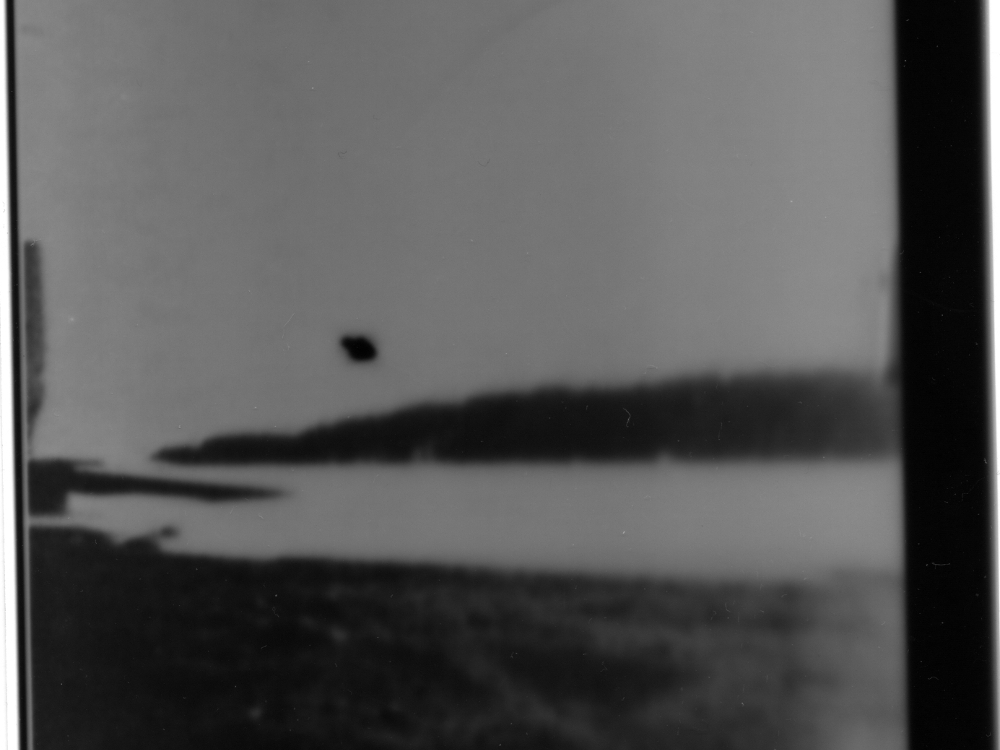A laptopogram is a screenshot produced by exposing photosensitive paper (or even film) to your computer screen or other electronic display. You may want to make one for instance if your printer is out of order or you have some unspent energy (and money) and nothing better to do. Making one is simple if you have the right software tools to control your hardware! I will illustrate with photosensitive paper – it is much easier to work with than film, which is typically 100 times or so more sensitive to light. A nearly identical version of this guide is also available at http://www.instructables.com/id/Laptopog…
Projects from Make: Magazine
Laptopogram
Create a laptopogram: a printout of images on your computer screen (or other electronic device) produced by exposing photosensitive paper (or even film) to the display.


